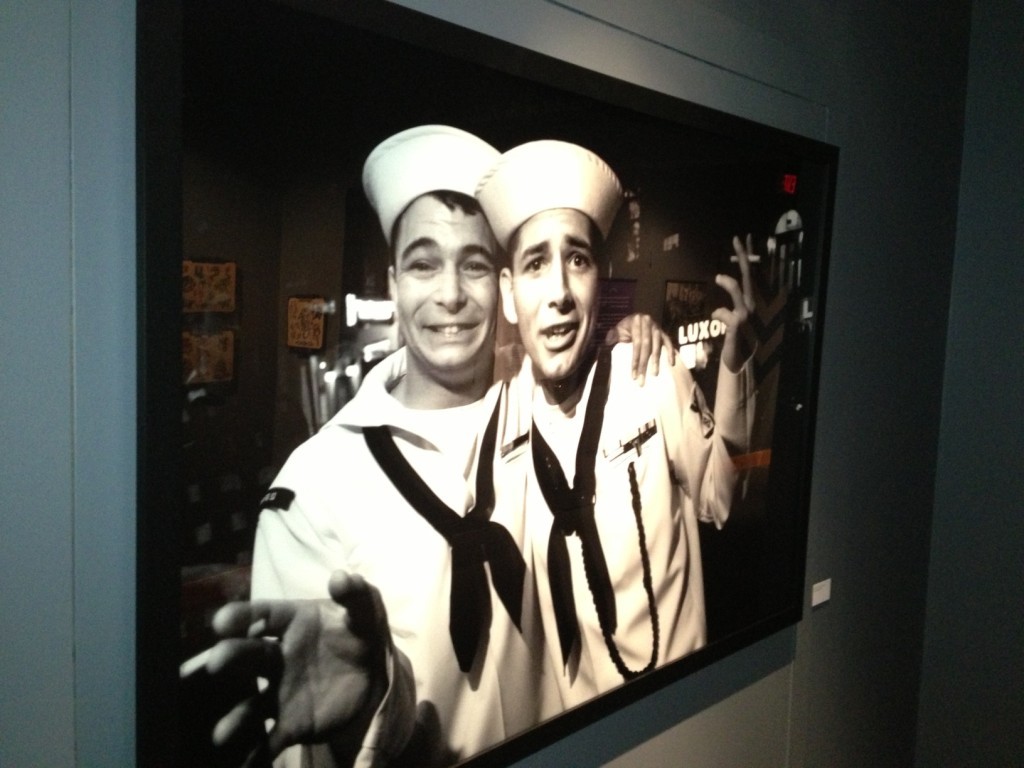Tattoos, whale teeth, and naked women on display at the Vancouver
Maritime Museum
By Keating Smith, Staff Writer
The Vancouver Maritime Museum’s latest exhibit, Tattoos & Scrimshaw: The Art of the Sailor, has elicited a mix of opinions from the public since it opened earlier this month—though most have been positive. Among the feedback the exhibit and staff has received, a Langley mother has expressed her thoughts of outrage to the local media over the museums first ‘in-house’ display of sailor art, examining the history behind sailor tattoos and the lesser known scrimshaw carvings, citing them as “pornographic.”
“We are an institution for all ages,” says Trish Owen, curator for the Vancouver Maritime Museum. “We have to be respectful to everyone in how we display our collections and this is why the more explicit scrimshaws are displayed higher up on the walls with warning signs next to the display cases.”
Scrimshaw is an artistic practice that involves engraving or carving artwork into whalebones and teeth, which was created by sailors serving aboard whaling ships in the South Pacific during the mid 1700s. A typical journey for these ships would last anywhere from two to three years with a lot of downtime. This resulted in most men fulfilling their boredom with their imaginations and creating elaborate pieces of art from scraps of bone, teeth, and even muscle. The scrimshaw pieces on exhibit at the Vancouver Maritime Museum vary in shape and sizes, as do the images. These artifacts depict everything from sailing ships with immense and intricate details of their rigging to women receiving cunninglus and men “pleasuring themselves;” mostly engraved in sperm whale bones.
“The scrimshaw pieces on display are from our collection and, in my opinion, are a vital piece of maritime history,” says Owen, also mentioning that both the scrimshaw pieces and the tattoo aspect of the exhibit are quite similar in regards to their techniques.
Traditionally, each piece or tattoo brought someone luck or displayed a symbol of experience or significance about that person. As an example, a more common piece seen today is that of two barn swallows flying towards each other below a person’s clavicle, with each swallow historically symbolizing 5,000 nautical miles of travel. The exhibit goes into more detail and breadth on the tattoo aspect of the display, which traces the origins all the way back to the 1700s and even further from places such as the Solomon Islands and Tahiti and the interactions the indigenous people had with the whalers at the time.
Vancouver tattoo artist Chris Hold was fundamental in making the exhibit come together by replicating several pieces for the display of original sailor tattoo art created by several American tattoo artists responsible for pioneering the cultural phenomenon.
Also noteworthy are the traditional needle and ink bowl on loan from the Museum of Anthropology, next to the various forms of tattooing tools used over the decades from different areas of the South Pacific and even closer to home.
A lot of information has been packed into the exhibit, which possesses a tough and reserved atmosphere and is especially recommended to anyone who is interested in the tattooing or scrimshaw aspect. Try and imagine some of the hardships the men felt while taking in the Scrimshaw pieces. If you feel like making the worthy trip out to Kitsilano to take it in, don’t forget to bring your Student ID for a discounted admission.
Image by Keating Smith

